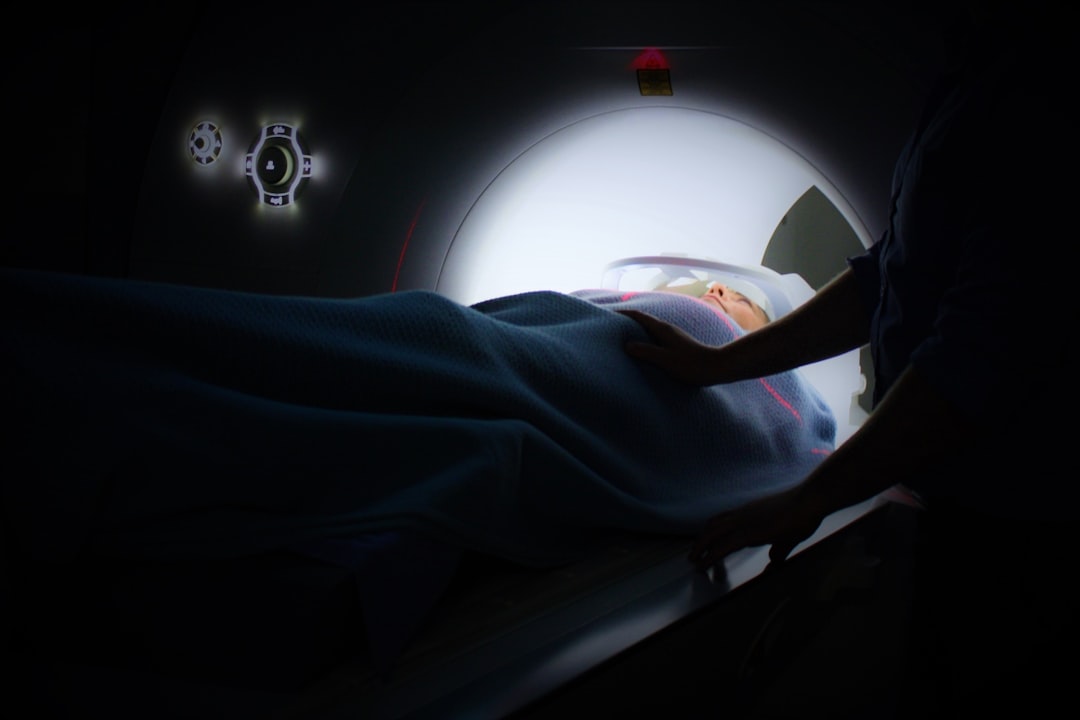What is it about?
Structural damage detection has become an important research area since several works [2] were focused on the crack zones detection in order to foresee the appropriate solutions. The present research aims to carry out the reinforced concrete bridge damage detection with the finite element mathematical model updating method (MMUM). Unknown degrees of freedom (dof) are expanded from measured ones. The partitioned system of equations has provided a large sub-system of equations which can be solved efficiently by handling sparse matrix algorithms at each time step of the finite time centered space (FTCS) discretization. A new and efficient method for the calculation of the constant strain tetrahedron shape functions has been developed [1,3,4,5,6]. The topological and analytical geometry of the tetrahedron and its useful formulae enabled us to develop its shape functions and its corresponding finite element matrices. The global finite element matrices and sparse matrix computations have been achieved with a calculus source code. The reinforced concrete mixture has been modeled with the mixture laws [16] which led to its material properties matrix as an orthotropic case with 9 constants and 2 planes of symmetry from the generalized Hooke’s law [1]. It is noticed that the material is made of steel, cement, gravels, sand and impurities. The data computations have been implemented with optimized cpu time and data storage using vectorial programming of efficient algorithms [11,12]. The sparse matrix algorithms used in this study are: solution of symmetric systems of equations [U]^T [D][U]{d}={R}, multiplication, addition, transposition, permutation of rows and columns, and ordering of the matrices representations. All the sparse matrices are given in row-wise sparse format.
Featured Image
Why is it important?
This analysis allowed the damage detection at the exact identified DOF of the finite element mesh. An efficient calculus source code has been developed for the tetrahedral finite element processing. Sparse matrix algorithms applied to the MMUM method have been helpful in solving the linearized dynamic equation of motion. The expanded time displacement solution from measured data corresponds to a trivial and better solution.
Read the Original
This page is a summary of: Contribution to Bridge Damage Analysis, Applied Mechanics and Materials, December 2014, Trans Tech Publications,
DOI: 10.4028/www.scientific.net/amm.704.435.
You can read the full text:
Contributors
The following have contributed to this page










